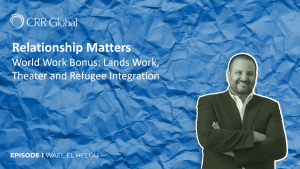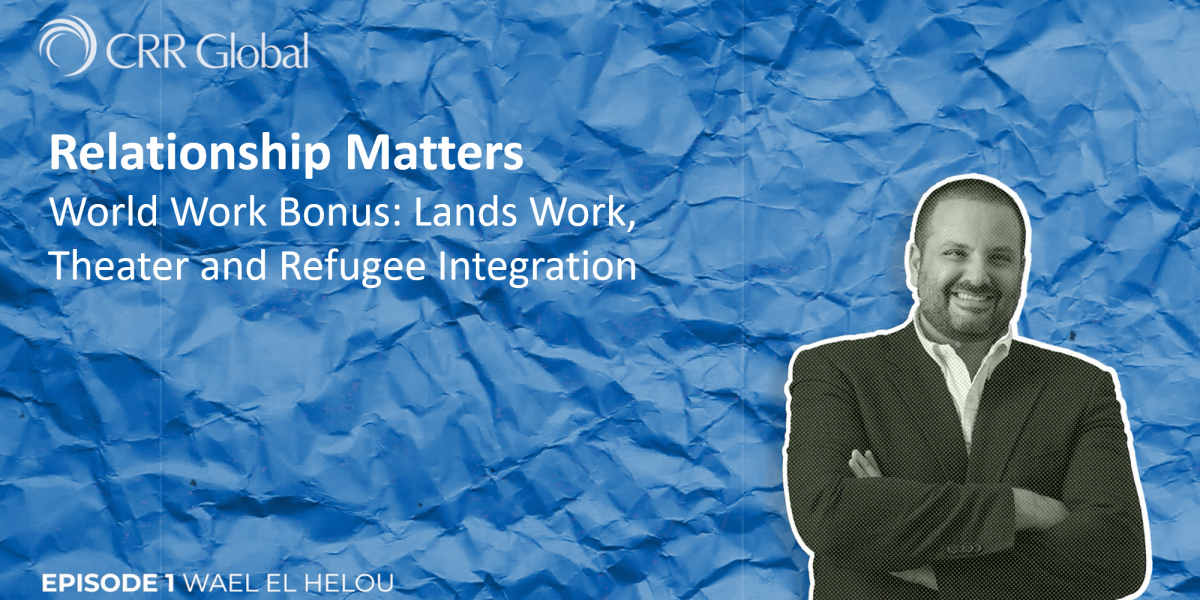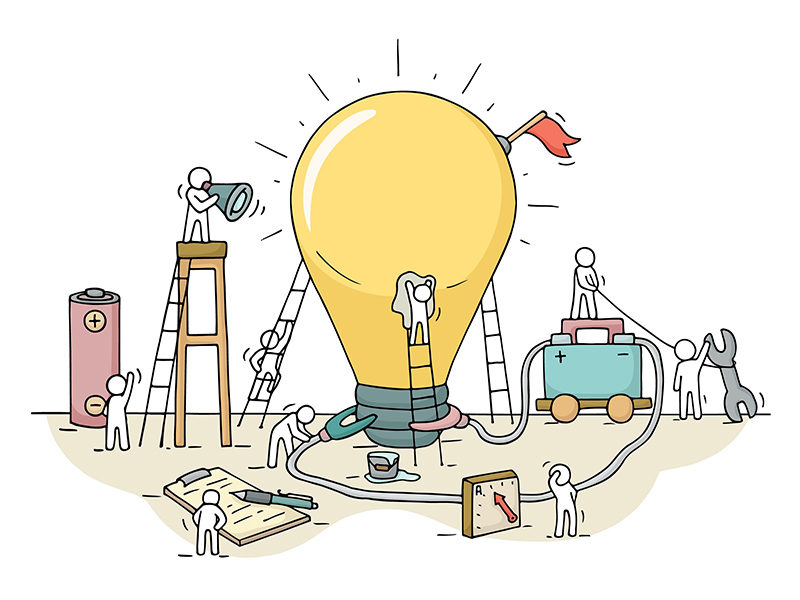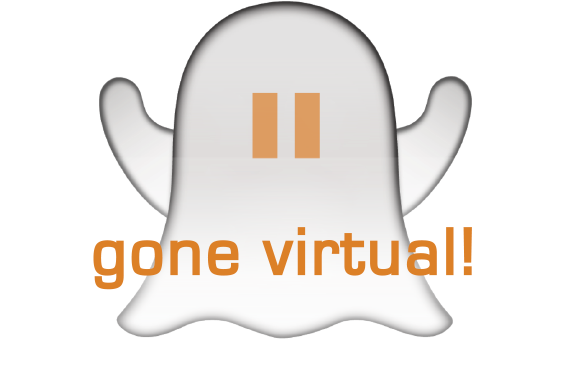“Leadership is practiced not so much in words as in attitude and in actions. Harold S. Geneen”
Company’s success is not solely based on revenue and international presence but primary on its managerial and operational systems set.
Throughout the years, we witnessed the birth of different leadership styles, which were implemented on different levels, including politics, religion, or even community groups. Nowadays, situational leadership seems to be mostly helpful and successful among other styles which highly depends on the leader understanding the behavior of each team member and adapting his conduct based on their level. This techniques highly depends on these factors:
– Analysis, where leaders need to understand the situation they are dealing with
– Adaptation, where leaders’ conduct needs to be adapted to match the contingences of the situation
– Communication, where leaders need to convey messages in a way that is understood by all
– Continuation, where leaders need to move forward with the plan of action
Let’s look at this from a different point of view; all decisions are based on leaders’ conclusions vis-à-vis the environment they’re adapting to, which can be considered as subjective since the only person agreeing on the whole thinking process and actions to take is the leader him/herself.
Subjectivity issue ought to be questioned in such leadership style as the so called “boss” is the only one assessing each employee’s situation and imposing plan of actions- therefore, we need to examine this correlation which exists between Situational Leadership & Subjectivity.
Subjective Leadership does not necessarily follow the same technique used in assessing Situational Leadership, but it also has an incredible added value, which is personal experience. List of processes included in the Subjective Leadership style goes as per the below:
- Maximizing Self-Awareness Level:
Each leader, in a way or another, benefit from what we call Innate Leadership Strength, including areas of development and critical skill sets that are used in high performing environments, as well as strong knowledge of the leader’s character/behavior. Awareness needs to be sustained on that level so that initial analysis can be made fast and accurately.
- Initiating and Leading Coaching Conversations:
This is highly effective when team members’ behaviors need to be identified. Leaders have to benefit from excellent communication skills in order to orient conversations in a way to distinguish the best plans of actions in accord to each person’s character.
- Working on Team Members Development:
When leaders get to a point where they have control over the environment they’re in, it becomes easy form them to draw the path each team member has to take for their own personal growth.
- Observing Behavioral Change and Achieving Results:
After the course set has been applied, leaders evaluate the path on both levels: team members and results. The changes of behavior mainly comes from leaders, as they have to choose and adapt to a certain leadership language which is both concrete and corporate. If team members have been responsive to this language, it’s a success for leaders. They’ll then be able to observe and the results they had set in mind for every project/campaign/etc.
The fact of deriving key takeout after using Subjective Leadership also means adding value to leaders’ personal experience, and this is where the practical approach comes in hand. It opens a continuous path towards development and discovery of new techniques in leadership.













